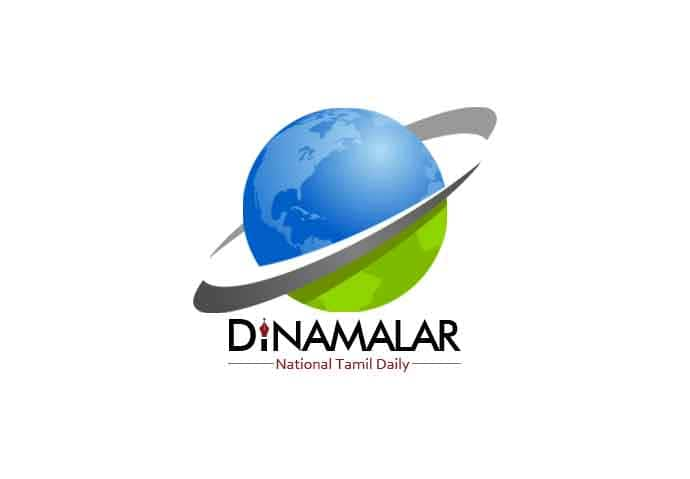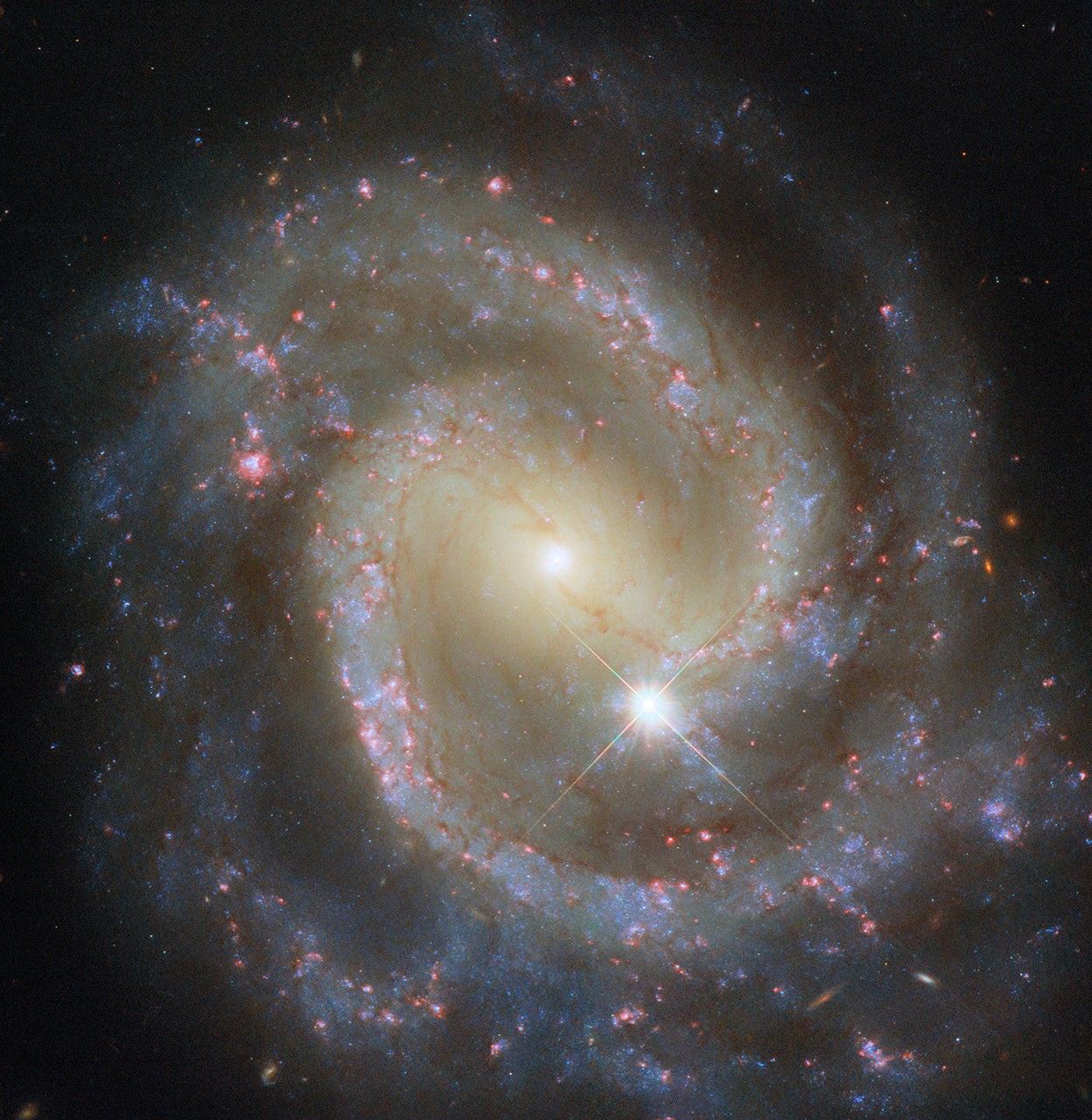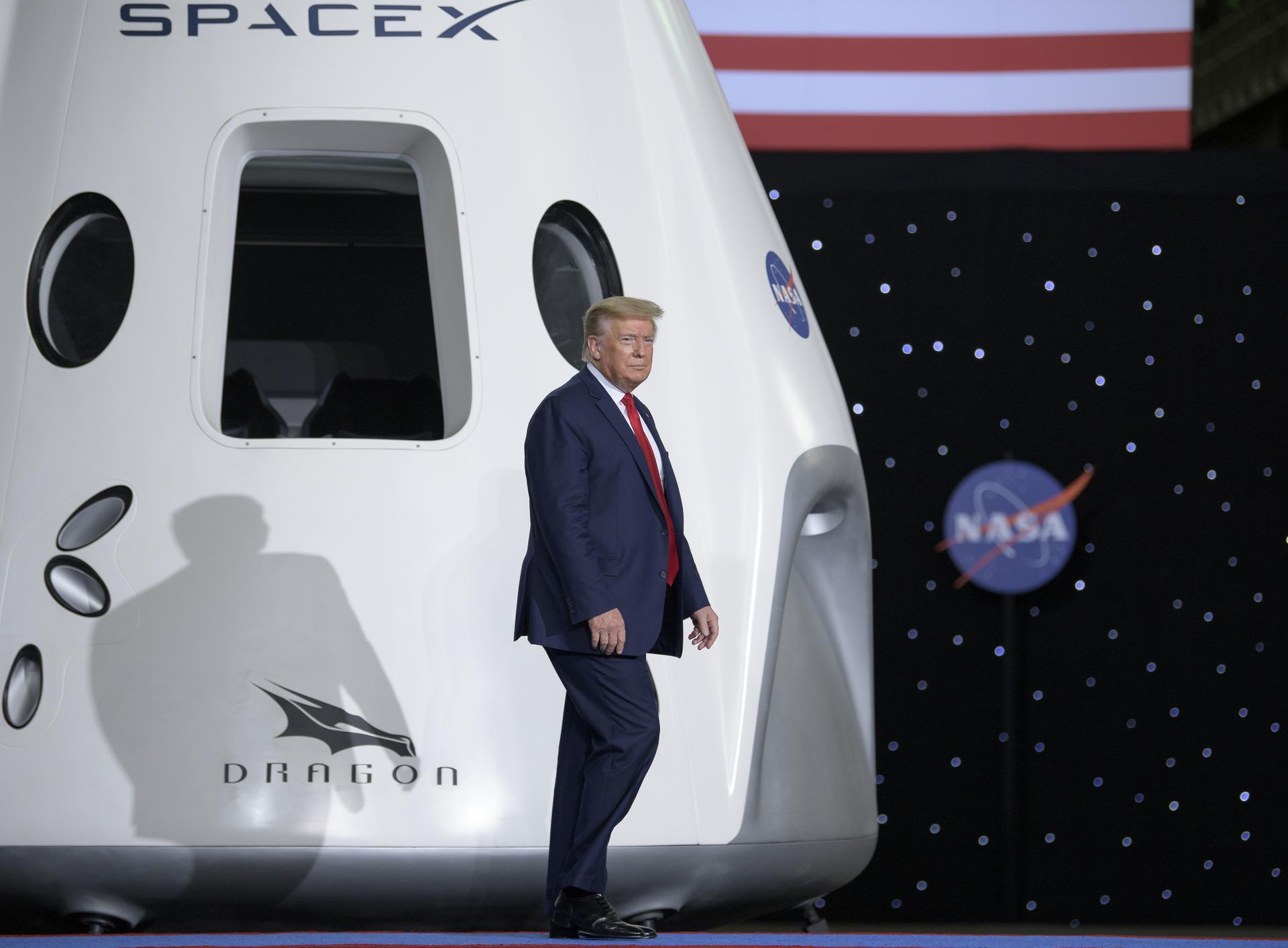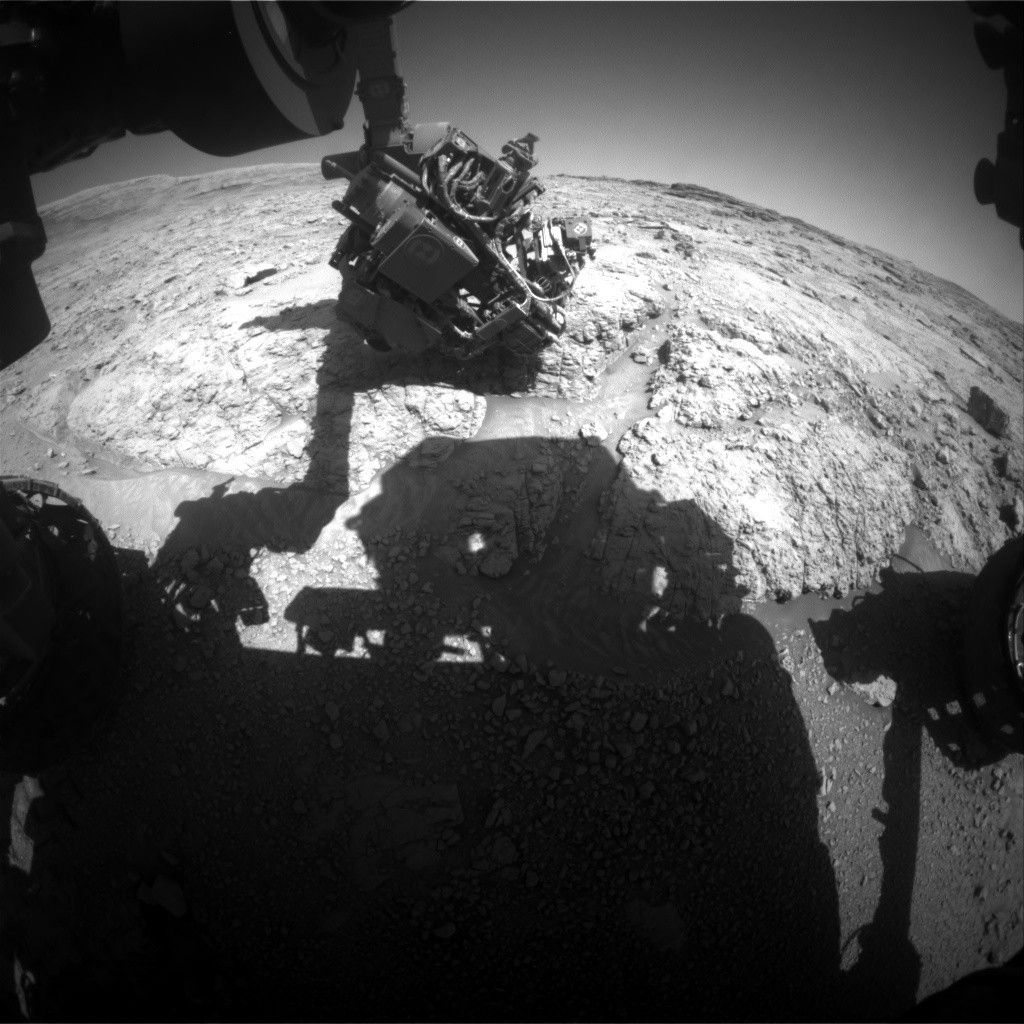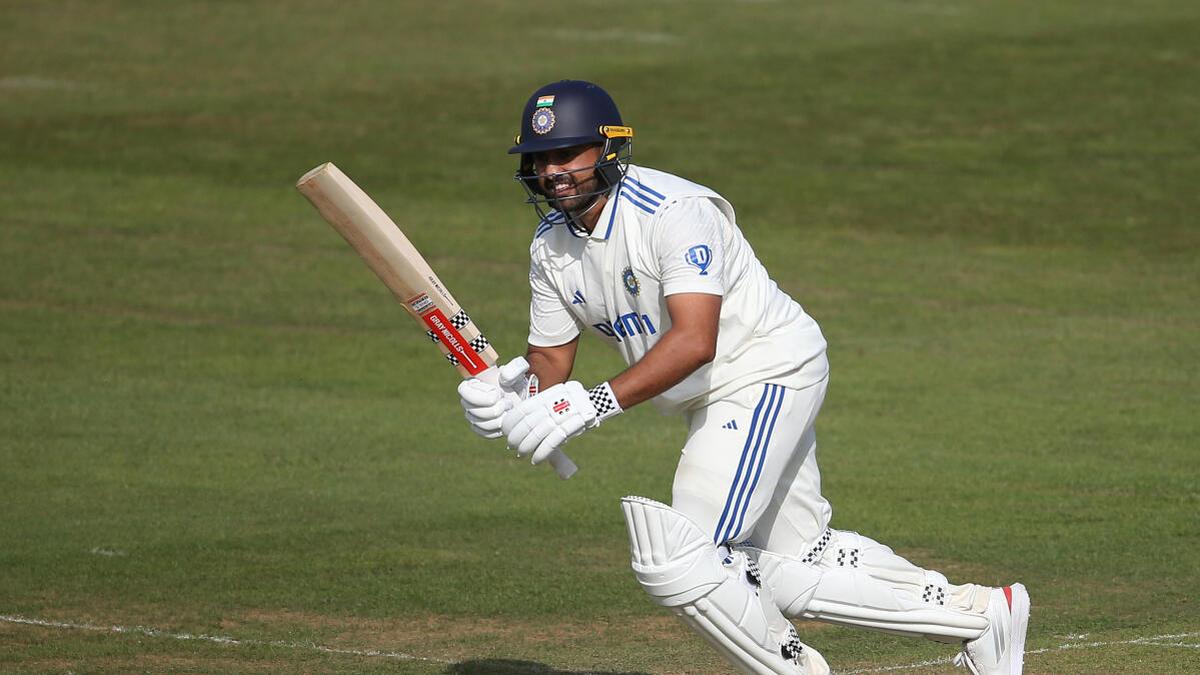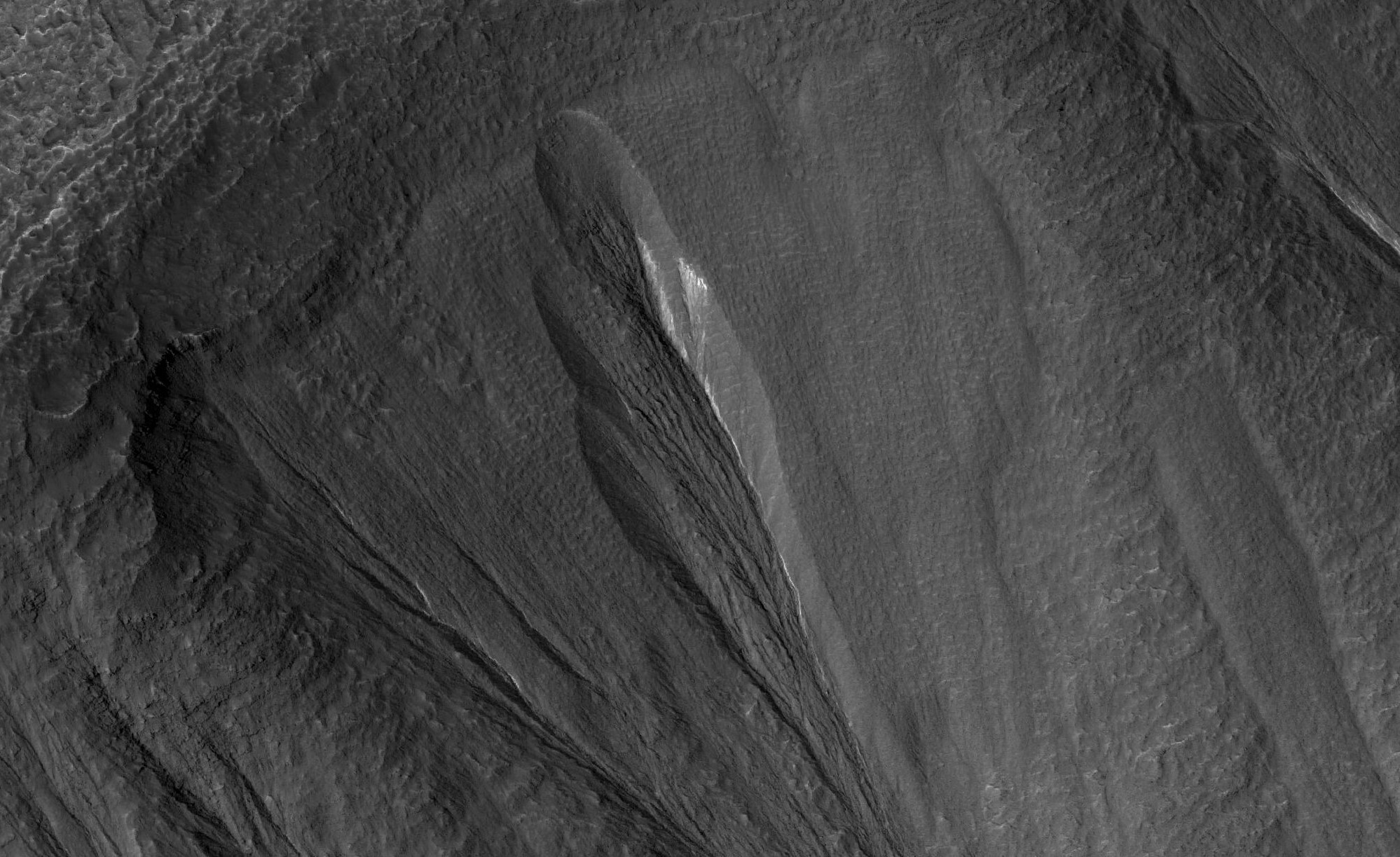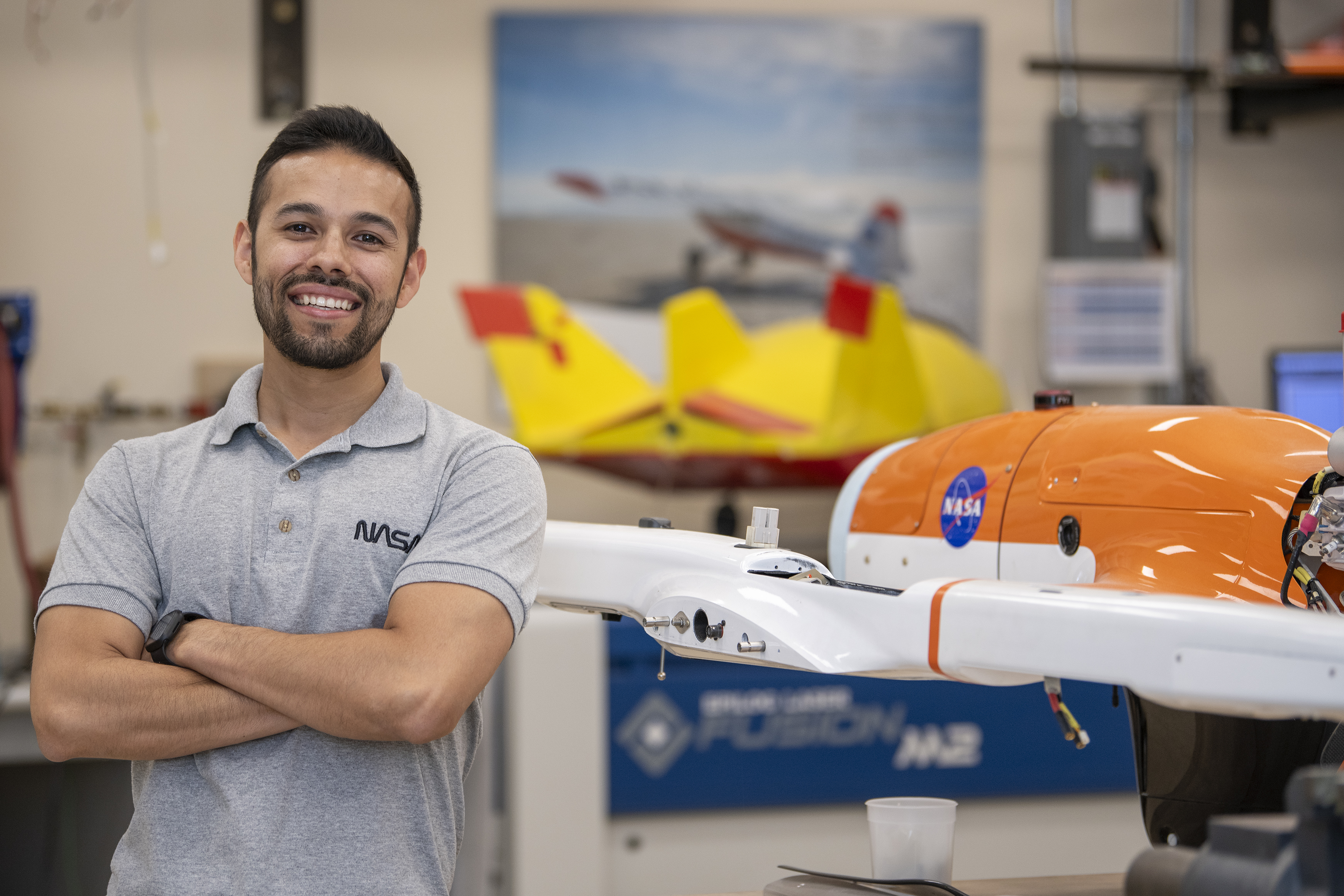NASA Awards NOAA’s Solar Wind Plasma Sensors Contract
NASA has selected the University of New Hampshire in Durham to build Solar Wind Plasma Sensors for the Lagrange 1 Series project, part of the National Oceanic and Atmospheric Administration’s (NOAA) Space Weather Next Program. This cost-plus-no-fee contract is valued at approximately $24.3 million and includes the development of two sensors that will study the […]
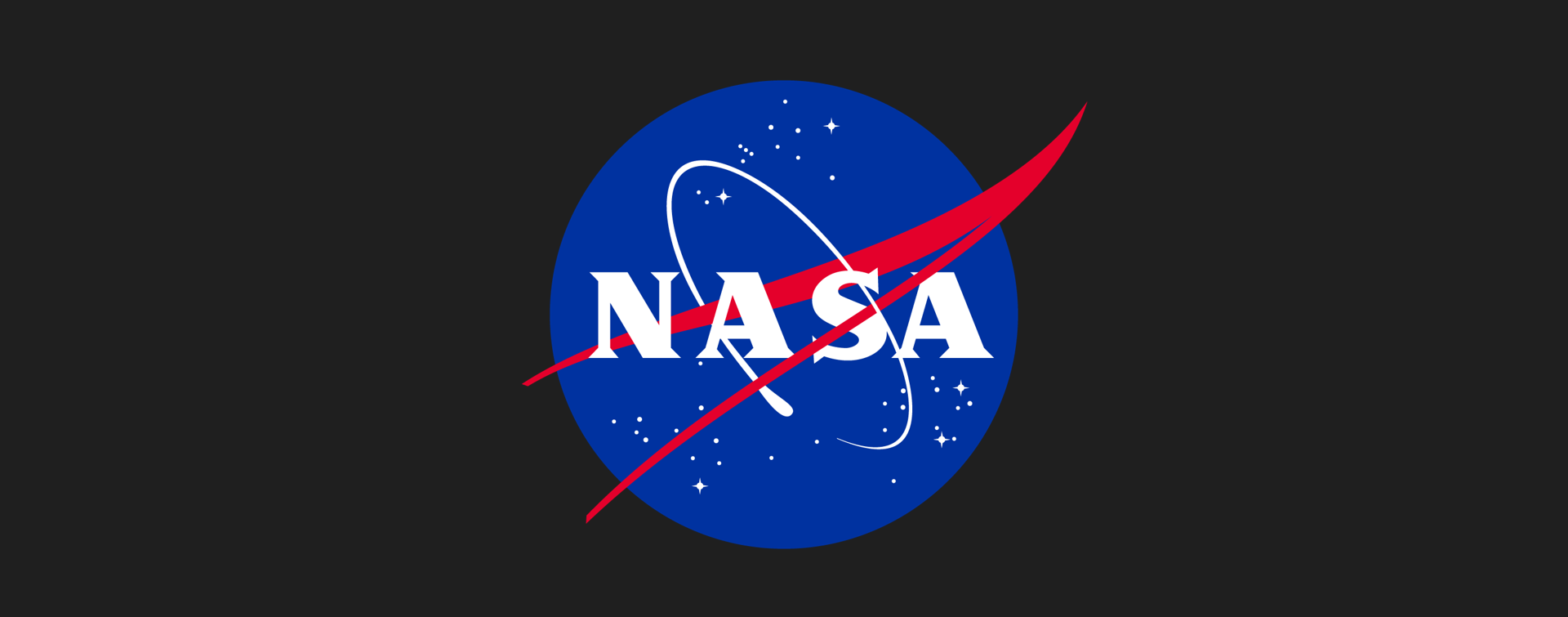
NASA has selected the University of New Hampshire in Durham to build Solar Wind Plasma Sensors for the Lagrange 1 Series project, part of the National Oceanic and Atmospheric Administration’s (NOAA) Space Weather Next Program.
This cost-plus-no-fee contract is valued at approximately $24.3 million and includes the development of two sensors that will study the Sun’s constant outflow of solar wind. The data collected will support the nation’s efforts to better understand space weather around Earth and to provide warnings about impacts such as radio and GPS interruptions from solar storms.
The overall period of performance for this contract will be from Thursday, Oct. 24, and continue for a total of approximately nine years, concluding 15 months after the launch of the second instrument. The work will take place at the university’s facility in Durham, New Hampshire, and at the Johns Hopkins Applied Physics Laboratory in Laurel, Maryland. Johns Hopkins is the significant subcontractor.
Under this contract, the University of New Hampshire will be required to design, analyze, develop, fabricate, integrate, test, verify, and evaluate the sensors, support their launch, supply and maintain the instrument ground support equipment, and support post-launch mission operations at the NOAA Satellite Operations Facility in Suitland, Maryland.
The Solar Wind Plasma Sensors will measure solar wind, a supersonic flow of hot plasma from the Sun, and provide data to NOAA’s Space Weather Prediction Center, which issues forecasts, warnings and alerts that help mitigate space weather impacts. The measurements will be used to characterize coronal mass ejections, corotating interaction regions, interplanetary shocks and high-speed flows associated with coronal holes. The measurements will also include observing the bulk ion velocity, ion temperature and density and derived dynamic pressure.
NASA and NOAA oversee the development, launch, testing, and operation of all the satellites in the L1 Series project. NOAA is the program owner that provides funds and manages the program, operations, and data products and dissemination to users. NASA and commercial partners develop, build, and launch the instruments and spacecraft on behalf of NOAA.
For information about NASA and agency programs, please visit:
-end-
Jeremy Eggers
Goddard Space Flight Center, Greenbelt, Md.
757-824-2958
jeremy.l.eggers@nasa.gov
Share
Details
Related Terms
What's Your Reaction?



















.jpg?#)









